6 crucial signs you definitely need a new mountain bike
Expert cycle tester and tech editor, Guy Kesteven, reveals his 6 big ‘cease and desist’ bike check indicators that confirm it’s time to stop riding and start shopping
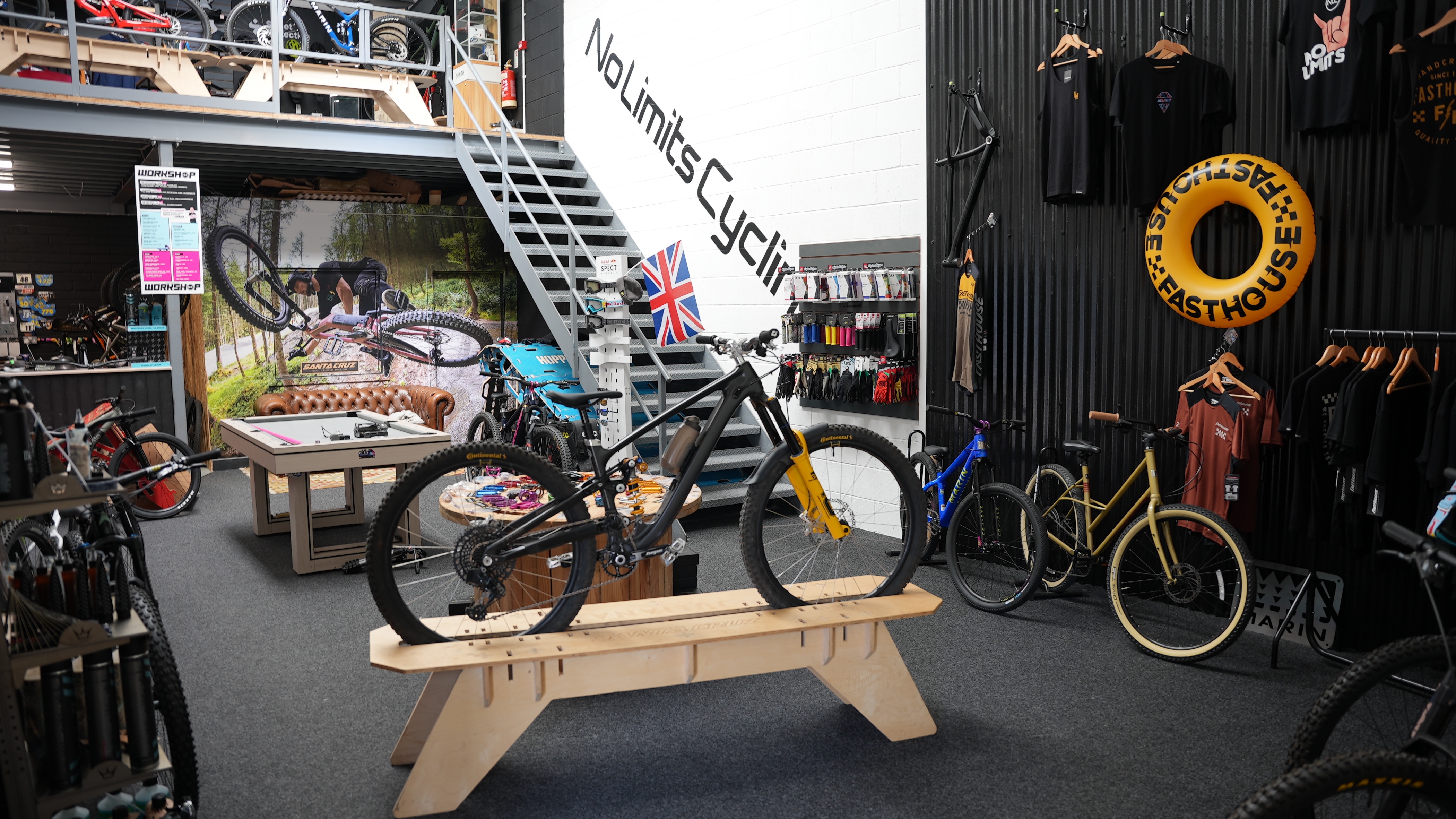
Our test editor Guy Kesteven is an expert in telling people which new bikes to get to guarantee a great ride. He also knows what to look for when it comes to spotting the tell-tale signs that show you need to change your current bike. So what are his six top tips for spotting when to ditch your current bike before it literally hurts you, or just kills your love of riding?
1. Look for frame damage
As soon as I spot a crack in a metal frame, I know it’s time to crack on with shopping for a new one. A visible crack means it’s probably time to retire a carbon fiber frame too – although some damage can be repaired safely by composite specialists. Even if there’s no visible crack, flaked paint and/or stress marks (generally a lighter patch of material) on raw alloy frames are both potential signs it’s time to stop riding too.
Other frame damage that alerts me that it’s significant enough to scrap a bike includes big dents in alloy frames. That’s because compromising the tube wall massively reduces its strength and stiffness, Like that trick where you can stand on an empty drinks can, but as soon as you tap the side, it crushes into a crumpled disc. That’s a fun stunt at a party, but I can guarantee it’s not a good look on a trail at high speed. If I spot crimps or ripples in steel frames, that’s a sure sign the metal has been pushed past its ‘elastic deformation’ limits and into ‘plastic deformation’. Again, priming it for immediate collapse, rather than continued happy riding.
How to check...
- Behind the head tube where it meets the top tube and down tube are both prime spots for cracks after heavy landings
- Rear stays or shock mounts on suspension bikes are often hot spots too
- Internet searches can tell you where other bikes like yours have failed
- Check welds as well as tubes. Manufacturing defects mean you may be able to claim on the warranty
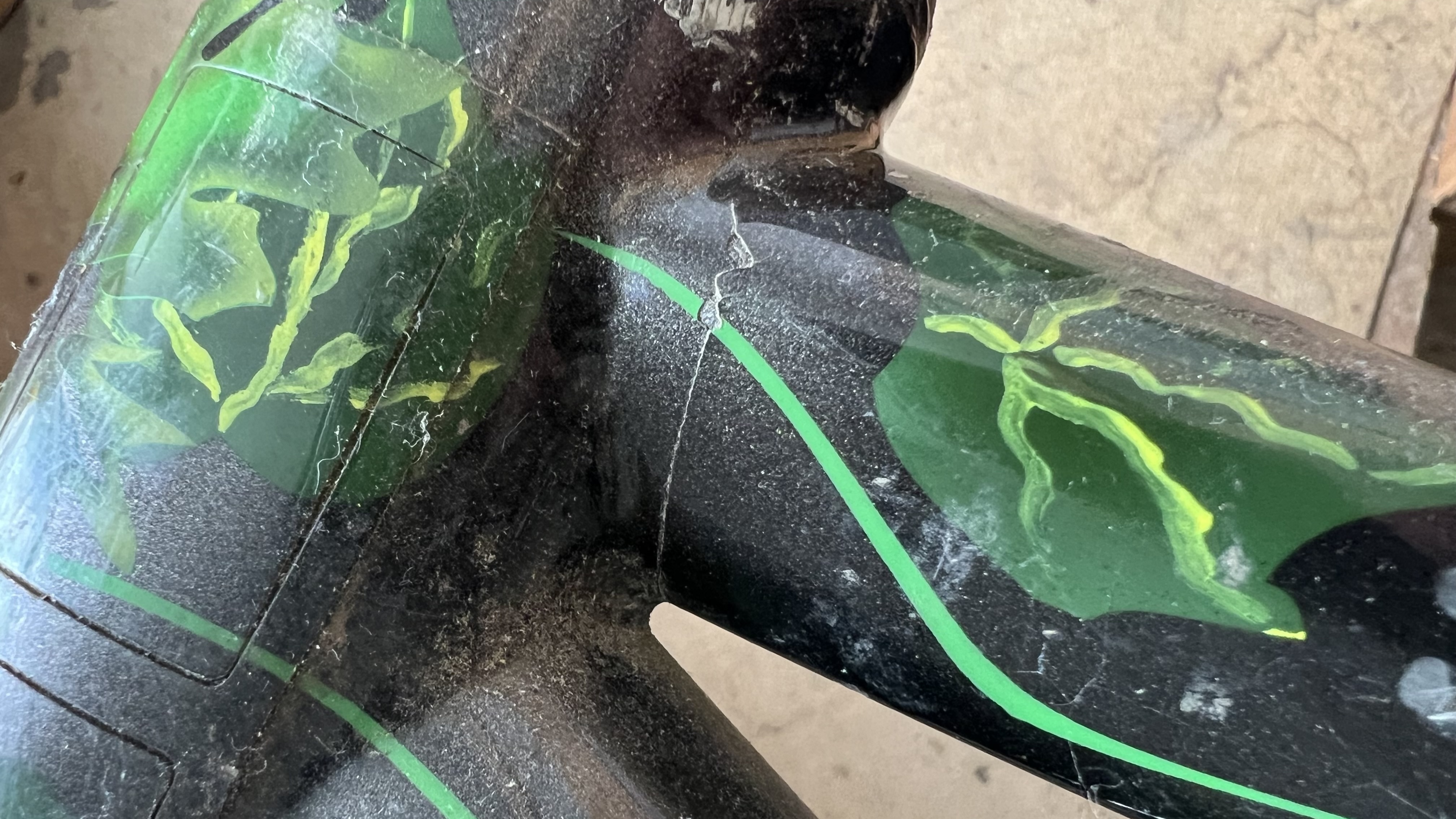
2. Beware baggy bits
Even when I’m riding new test bikes bearings and pivots can still come loose. That’s fine if you replace them or tighten them up straight away. Leave that bit of waggle and wobble in play though and it can ovalise or oversize the part of the frame they sit in very quickly. That’s often terminal in terms of frame use as you’ll never be able to get a tight fit again – which will cause accelerated wear on other components. Movement in bearing bores, headset cups and bottom brackets can often crack the frame too, so while an epoxy bodge might give you a few more rides it’s not a permanent fix.
How to check...
- Do a shake test before every ride to check for any loose bits on the bike
- If there’s a clunk or wobble, check any points where different parts of the bike or a component or frame meet
- Shock mounts and suspension pivots are particular hot spots
- The bottom bracket and headset cups can loosen over time too
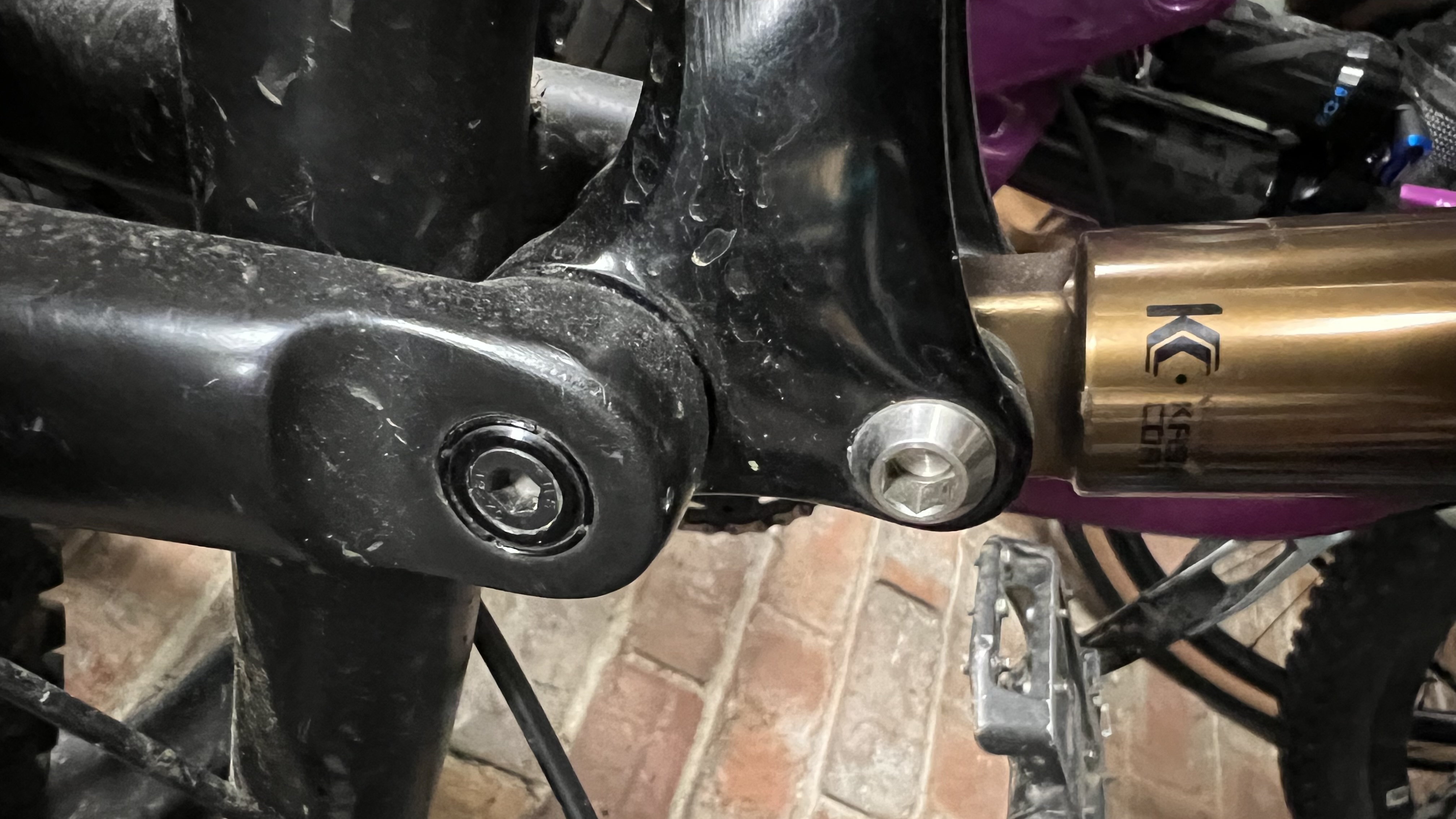
3. Check for overly tight bits
The opposite of baggy bits are parts that have seized solid into your frame. That’s fine if you don’t need to move them or remove them at any point, but if you do, your bike is probably done for. I do know some service centers that have made specific pulling jigs for removing seat posts or bearings though, so it’s worth having a Google search to see if anyone can save your frame.
How to check...
- Seatposts are the number one seized component by a big margin. If your is stuck, you have a problem
- That’s why using plenty of fitting carbon compound (carbon frames/posts) or grease (metal frames/posts) is crucial when fitting
- Pull seatposts out periodically to re-lube and check for corrosion is a wise idea too, especially in winter
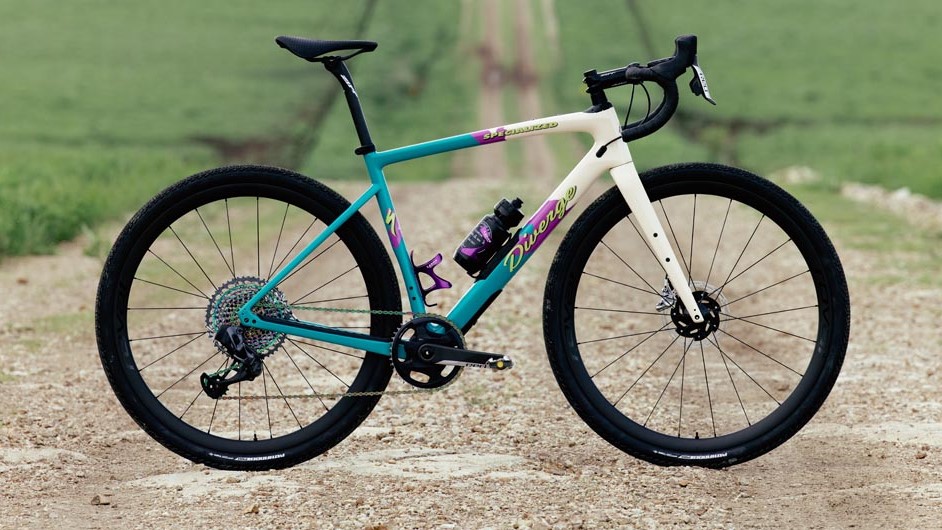
4. Outdated geometry
You don’t have to have the latest, longest, slackest, lowest dragster dimensions to enjoy riding your bike, but modern bikes are definitely easier to ride than old ones. So if your head angle starts with a seven, the reach numbers on your large frame are the same as a modern small, or your bottom bracket is so high you could well be sat on a horse, then it might be time to saddle up a new ride.
Be very careful about trying to modify geometry with different components too. I see a lot of people making their bikes slacker and increasing travel by sticking a longer fork in the frame. An extra 10mm of travel is probably OK, but any more is likely to void the frame warranty and/or rip the head tube clean off your frame (see point 1). It’ll also make your bottom bracket height, seat angle and reach even more sketchy than before. So if you want a hot tip, don’t fit a longer fork, just stick a smaller back wheel in and go ‘mullet’.
How to check...
- Always try bikes with the geometry you think you like for real rather than just picking numbers off a chart
- Go to a demo day and you’ll be amazed at how quickly you’ll notice different geometry approaches
- Give several different bikes or fits a go and see what suits you best
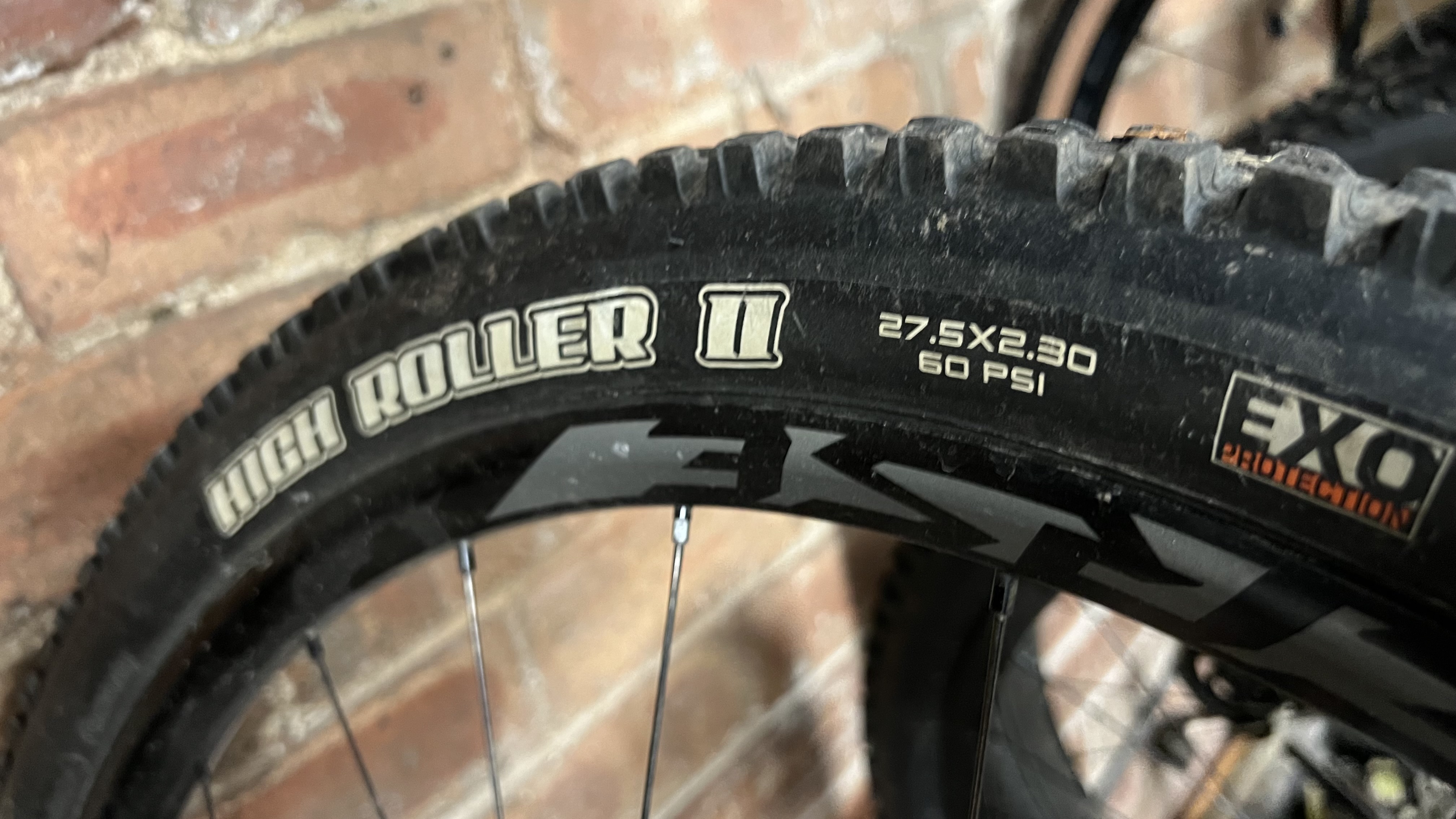
5. Standards past their sell by date
Old component standards aren’t an issue if you’re happy with how your bike rides. However, they can make upgrading to newer parts impossible so you might struggle to find good quality replacement parts as stocks of spares run out. Currently, bikes with 27.5-inch wheels front and rear are getting increasingly rare, so over time compatible forks, wheels and tires will dwindle – going the way of 26-inch wheeled bikes.
How to check...
- 27.5in wheels (particularly front ones) and tires are becoming an endangered species
- 26in wheels and tires are definitely in the dodo category apart from a few die-hards
- Boost 110/148mm hub widths with 15/12mm axle diameters are now pretty much universal on decent frames which makes older options an issue
- There are still some new $1,000 bikes that come with outdated straight head tubes and forks, making useful upgrading impossible
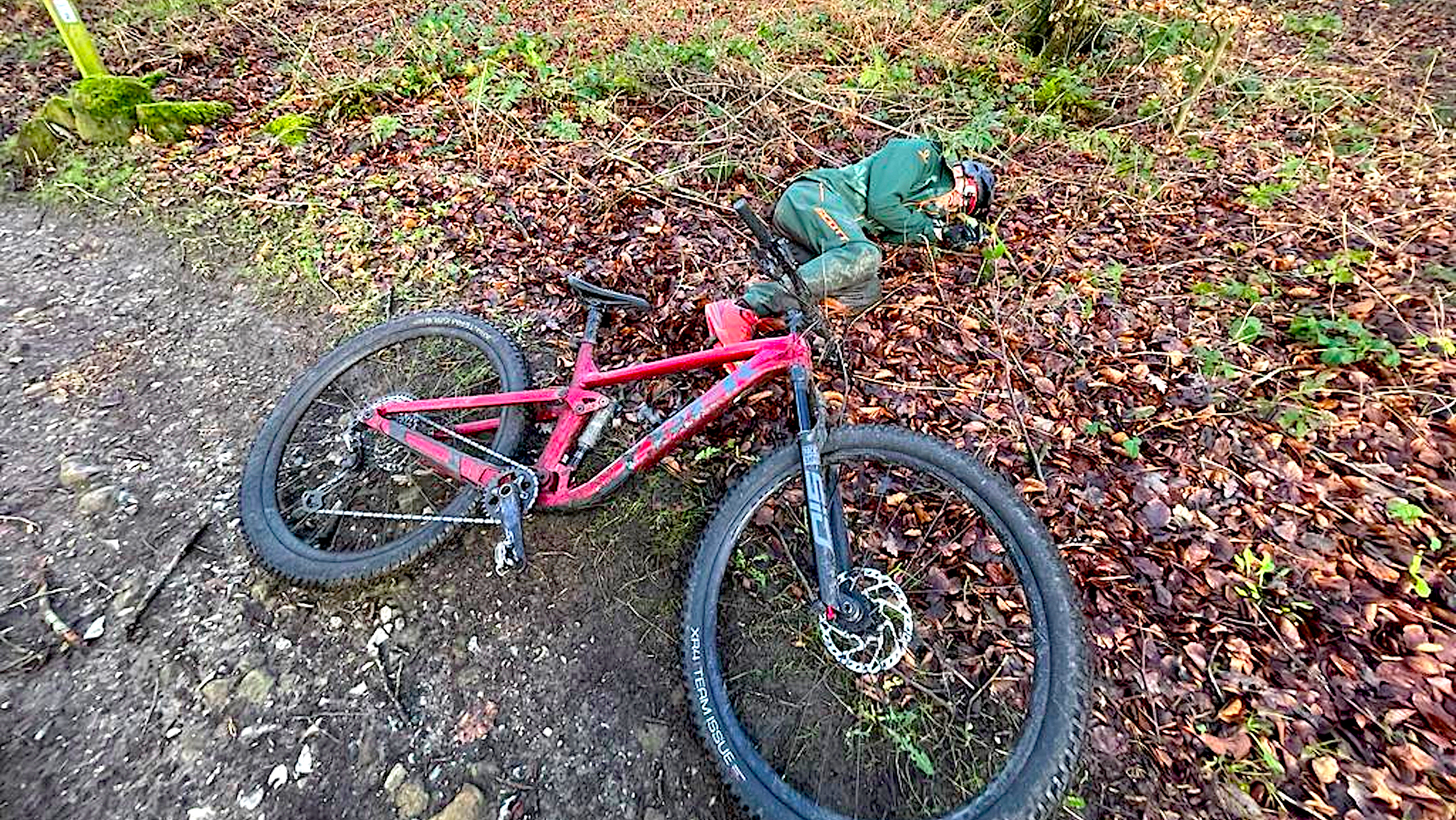
6. You’ve just lost the love
Finally, there’s one very valid reason to change your bike even if everything works, nothing wobbles and you can buy spares easily. And that is if it just doesn’t suit your riding and/or you’re not having fun on it anymore.
Maybe you used to be into cross country riding but now you’ve got the enduro bug? Perhaps all your mates go to bike parks at the weekend and trying to keep up on your 130mm trail bike feels like suicide. Or the number one bike change trend right now – your riding group are all gradually getting e-bikes and you’re sick of watching them disappear up every hill.
How to check...
- You're finding excuses not to join in when your mates are riding
- Try demoing different bikes to see which restores your stoke the most
- If your current bike is still fine, you could sell it on to help pay for the new bike
- Given second-hand prices at the moment though, you might be better off keeping it as a spare. Perfect for when your new e-MTB dies or your bike park buddies are all injured so you’re riding trail again on your own!
So, if you've decided that it's time to splash out on a new bike, you may well be interested in our guides to the best budget mountain bikes and best budget full-suspension mountain bikes. We've also got advice on must-have features to look out for on a mountain bike.

Guy Kesteven has been working on Bike Perfect since its launch in 2019. He started writing and testing for bike mags in 1996. Since then he’s written several million words about several thousand test bikes and a ridiculous amount of riding gear. He’s also penned a handful of bike-related books and he reviews MTBs over on YouTube.
Current rides: Cervelo ZFS-5, Specialized Chisel, custom Nicolai enduro tandem, Landescape/Swallow custom gravel tandem
Height: 180cm
Weight: 69kg
